Charlie Kirk's assassination is making top US leaders press “panic buttons”
Media reports said that a 22-year-old man, angered by Charlie Kirk’s politics, turned himself in to face charges in the murder of Charlie Kirk.
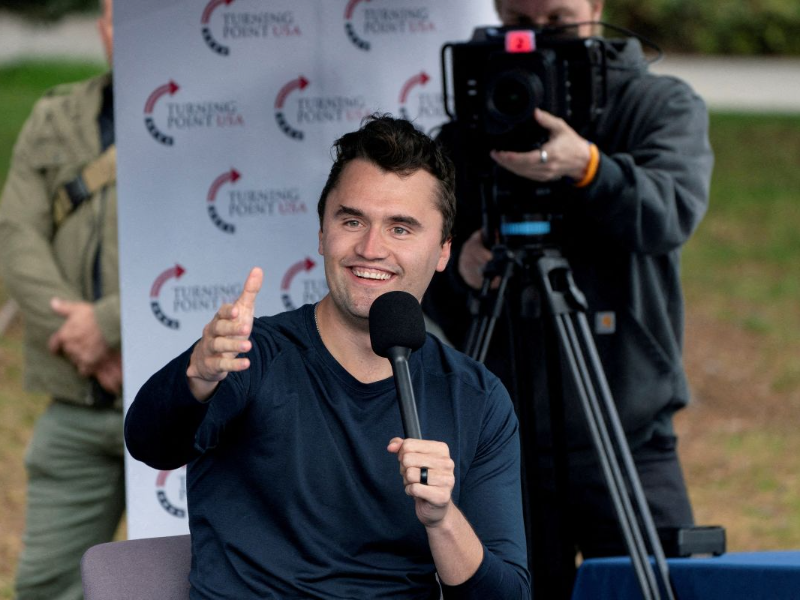 Turning Point USA founder and conservative commentator Charlie Kirk holds a debate event ahead of his scheduled speech on the campus of the University of Washington in Seattle, Washington, U.S. May 7, 2024. / REUTERS/David Ryder/File Photo
Turning Point USA founder and conservative commentator Charlie Kirk holds a debate event ahead of his scheduled speech on the campus of the University of Washington in Seattle, Washington, U.S. May 7, 2024. / REUTERS/David Ryder/File Photo
The assassination of Charlie Kirk on Sept. 10 continues to hawk media headlines. The Globe and Mail, a leading Canadian newspaper, headlined its story: “ Kirk’s debates turned politics into a spectator sport” quoting experts saying that the slain rump’s ally’s brand of videos is becoming increasingly popular. The story runs with a picture showing police taping off an area at Utah Valley University in Orem, Utah, after Charlie Kirk, the CEO of the conservative youth organisation Turning Point USA, was shot and killed.
Media reports said that a 22-year-old man, angered by Charlie Kirk’s politics, turned himself in to face charges in the murder of Charlie Kirk. He has been identified as Tyler Robinson. After shooting Charlie Kirk from a rooftop more than 150 yards away, the authorities said, the suspect managed to evade choppers, police cars and foot patrols for more than 30 hours before he surrendered.
Another report, quoting President Donald Trump, stated that Charlie Kirk would be awarded a posthumous Presidential Medal of Freedom, the highest civilian honour in the United States, at a ceremony to be held at a later date.
The Globe and Mail online Culture Reporter Samantha Edwards writes that “When Charlie Kirk was shot and killed by a sniper on Wednesday, he was sitting under a tent printed with the words 'Prove me wrong' at Utah Valley University debating a young liberal TikTok creator about mass shootings in the United States involving transgender people. The event, attended by some 3,000 people, was being livestreamed across social media. Mr Kirk was in his natural habitat.
“In recent years, a crop of “debate me bros” have engaged in conservative online culture”, read the blurb in the story that further reads that the 31-year-old MAGA influencer, Trump ally and impassioned Christian had built his brand up on his unabashed views on hot-button issues, including gender identity and LGBTQ rights, gun control, Black Lives Matter and immigration – relishing opportunities to debate his detractors.
The Globe and Mail played up another story saying that a “U of T professor placed on leave after online post about Charlie Kirk shooting”. The story by Jope Friesen, Post Secondary Education Reporter, says that a University of Toronto professor whose social media post after the assassination of American political activist Charlie Kirk was criticised by Ontario’s Minister of Colleges and Universities, is now on leave, according to the university.
Ruth Marshall, an associate professor I. religious studies and politics, has been placed on administrative leave, the University of Toronto faculty association confirmed.
An account on X, apparently connected to Prof Marshall, posted Wednesday afternoon that “shooting is honestly too good for so many of you”, using a profanity and describing the subject as” fascist”.
Nolin Quinn, Ontario Minister of Colleges and Universities, took issue with the comment. Mr Quinn, in his own social media post on Thursday, said he had asked the University of Toronto to take action.
The report further quoted Nolan Quinn saying, “Universities and their professors are supposed to foster critical thought, respectful debate, and be safe learning environments – and this professor’s violent rhetoric flagrantly flies in the face of that. I have been clear with the University of Toronto; they need to act.”
The university, however, claimed that it acted “independently and apprised the government of its actions after they were complete. The matter is being looked into, and the university will not comment further.”
Columnist Ezra Klein said in his piece that “a free society is built on the right to engage without fear of violence.
He says, “Political violence is a virus. It is contagious. WE have been through periods in this country when it was endemic. In the 1960s, there were the assassinations of John F Kennedy, Malcolm X, Martin Luther King Jr., Robert F. Kennedy, and Medgar Evers. In the 1970s, Gov George Wallace was shot by a would-be assassin but survived, and Gerald Ford faced two assassination attempts in one month. In 1980, Ronald Reagan survived after John Hinckley Jr’s bullet ricocheted off his rib and punctured his lung. These assassins and would-be assassins had different motives, different politics, and different levels of mental stability. When political violence becomes imaginable, either as a tool of politics or an adder for fame, it begins to infect hosts heedlessly.
Another story in the New York Times says that “Assassination Intensifies Congress Members’ Security Fears, and Their Vitriol”. It read: After the fatal shooting of Mr Kirk, many Congress Members scrapped upcoming outdoor events and said an already untenable security situation had grown even worse.
“People are scared to death in this building,” said Representative Jared Moskowitz, the Florida Democrat, who was the target of an assassination plot last year. ”Not many of them will say it publicly, but they are running to the speaker talking about security – and that’s a lot of Republicans. People are scared, really scared.”
The report further says that “Members of both parties appeared visibly shaken as Mr Trump’s announcement on Truth Social that Mr Kirk had died flashed their plane screens.
The growing cult of violence may be worrying Congress Members as well as Senators. The scourge of political assassinations has been spreading. “At the same time, several Republican lawmakers argued that the scourge of political violence was the sole fault of their political adversaries.
Going by the New York Times report, Senator Josh Hawley, a Republican of Missouri, blamed Democrats for comparing their political opponents to Hitler and other fascists.
“We have had three assassinations, or assassination attempts, of major political leaders in the last 18 months, he said.” All the targets are one persuasion, and all the shooters are one persuasion.”
In October 2022, I wrote the following story after an attempt was made to assassinate Imran Khan in Pakistan
India, too, had its share of political assassinations. Two of the Indian Prime Ministers. Indira Gandhi and her son, Rajiv Gandhi, were assassinated while in power. Similarly, Chief Minister of Punjab, Beant Singh, was assassinated outside his fortified office at the massive Punjab Civil Secretariat building. Before him, Punjab Finance Minister Balwant Singh, too, was ambushed and killed in a terrorist attack in Chandigarh.
When an attempt on the life of former Pakistan Prime Minister Imran Khan was made on Thursday, October 27, 2022, it was a revival of an unfortunate and gory aspect of Pakistan's recent political history. After Pakistan came into existence in 1947, similar attempts, including a few fatal ones, have dotted the history of this troubled nation. Cricketer-turned politician Imran Khan was shot in the shin during his anti-government protest last Thursday.
Imran Khan's convoy was attacked in the east of the country in what his aides said was a clear attempt on the life of the immediate past Prime Minister of Pakistan. Pakistan has a long history of political coups and unrest. Rawalpindi has been notorious for its history of political assassinations. At least two former Prime Ministers had been assassinated on the streets of this twin city of the capital, Islamabad.
It all started in 1951 when the country's first Prime Minister, Liaquat Ali Khan, after the 1947 partition of India, was shot dead at a political rally in Rawalpindi. Another Prime Minister to be assassinated during a political event in Rawalpindi was none other than Benazir Bhutto. Two-time Prime Minister Benazir Bhutto was assassinated in a gun and bomb attack after holding an election rally in Rawalpindi. A few months before her death, she had survived a suicide bomb assassination attempt in Karachi, where at least 139 people were killed. It was one of Pakistan's deadliest attacks at a political rally.
In 1988, Military ruler President Mohammad Zia ul Haq was killed in an air crash. He was travelling in a Hercules C-130 aircraft that crashed in mysterious circumstances. Several conspiracy theories shrouded the crash. Some of these theorists suggested a case of mangoes being loaded on the plane shortly before its take-off. The box of mangoes was suspected to contain a timer device that released gas to knock out the cockpit crew. Besides attempted political assassinations, Pakistan's history is also dotted by political bosses abandoning the country's shores after being thrown out of power.
Former army chief-turned President Pervez Musharraf annexed power in a bloodless coup. He was sworn in as president and head of state in June 2001. He resigned in 2008, and Asif Ali Zardari, Benazir Bhutto's husband, succeeded him as president. Zulfiqar Ali Bhutto, the father of Benazir, who was elected as Prime Minister in 1970, was hanged following a conviction that remained mired in controversy. In 1977, Zia ul Haq seized power after a coup against the Bhutto government. He put Bhutto under house arrest, imposed martial law, suspended the constitution and put a blanket ban on political parties.
It was not the first military coup in Pakistan. Pakistan's first military coup was in 1958 when Governor-General Sikander Mirza enforced martial law with General Ayyub Khan as chief martial law administrator. Ayyub Khan later assumed the presidency and sacked Mirza, who was subsequently exiled, as was subsequently done by Parvez Musharraf and Nawaz Sharif. India, too, had its share of political assassinations. Two of India's Prime Ministers, Indira Gandhi and her son, Rajiv Gandhi, were assassinated while in power. Similarly, Chief Minister Beant Singh was killed outside his fortified Punjab Civil Secretariat office. Before him, Punjab's Finance Minister Balwant Singh, too, was ambushed and killed in a terrorist attack in Chandigarh.
Difference of opinion is an accepted aspect of a democratic process. But extending this differentiation of opinion to liquidation is extremely deplorable. Unfortunately, political assassinations have refused elimination as democracies, both controlled and liberal, face new and uphill challenges.
Tail piece: Now, when Imran Khan is in the news again, it may not be way off the context to recall my interaction with him (that appeared in The Tribune) during the 1989 World Cup Cricket Tournament:
My musing:
On meeting a Sikh journalist
On professional assignments outside Chandigarh, whenever I introduce myself as Prabhjot Singh from The Tribune, the question comes to me: "Are you from Punjabi Tribune?" Perhaps implying thereby that a Sikh cannot write English. I often laugh away such queries. There could be many reasons for such a question. There were not many Sikhs who took to newspaper reporting, especially as Staff Correspondents of The Tribune. I had gone to Pakistan to cover the World Cricket Tournament for the Reliance Cup. Accompanied by other Indian and foreign journalists.
I went to the National Stadium in Lahore on the eve of Pakistan's match against England. Pakistani players were at the nets. We were engrossed in a discussion when I found someone touching my shoulder. I looked back. It was none other than Pakistan's freak leg spinner, Abdul Qadir. "Sardarji, sada kaptan tuhanu bulanda je" (Sardarji, our skipper is calling you), said Abdul Qadir, pointing towards the Pakistani tent where Imran Khan sat in a chair. I told Qadir that I would come in a few minutes. Imran Khan was all smiles as he admired me from head to toe.
He enquired: "Sardarji, Punjabon aye ho?" (Sardarji, have you come from (East) Punjab?) "Ji", I replied. "Match dekhan aye ho ke ghuman phiran aye ho?" (Have you come to watch matches or for sightseeing?) "Matchan layi aya haan". (I have come for the matches). "Ki kam karde ho?" (What do you do?) "Main ik akhbar wich kam karda haan". (I work on a newspaper). "Aacha; tusee taan te pher ik sahafi ho?" (I see, then you are a journalist), he said, and started laughing. He hugged me and said: "Kasam Khuda di aaj main pehli var koi Sikh sahafi takya je". (By God, I have seen a Sikh journalist for the first time.) "Sikh lok te vaise ve kaat hi cricket khed de ne. Par Sikh Sahafi dekh ke tan barri hairangi hoi je. Koi sewa hoi taan dasna", he said. (Not many Sikhs play cricket. But seeing a Sikh journalist is a greater surprise. Let me know if I can be of any help.) Afterwards, throughout the tournament, whenever Imran Khan would see me, he would wave and shout, "Sardarji, Sat Sri Akal."
ADVERTISEMENT
ADVERTISEMENT
E Paper
Video




 Prabhjot Paul Singh
Prabhjot Paul Singh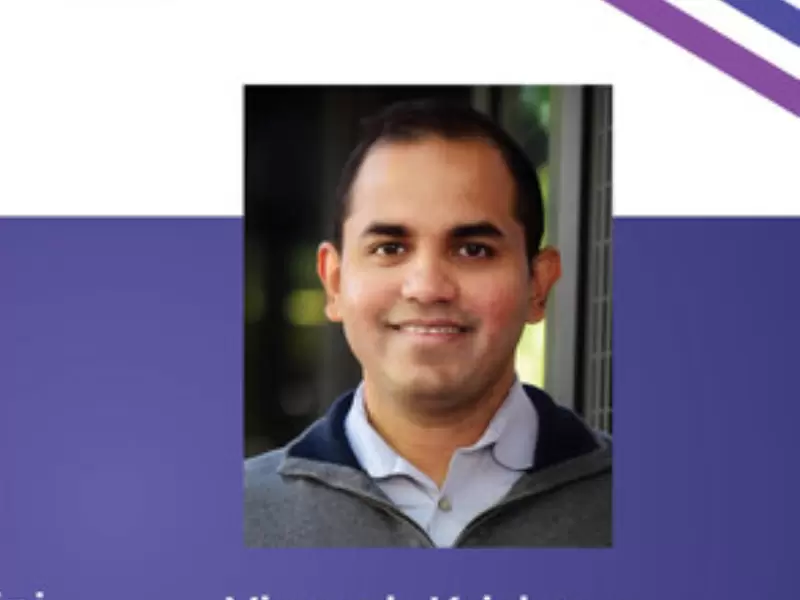
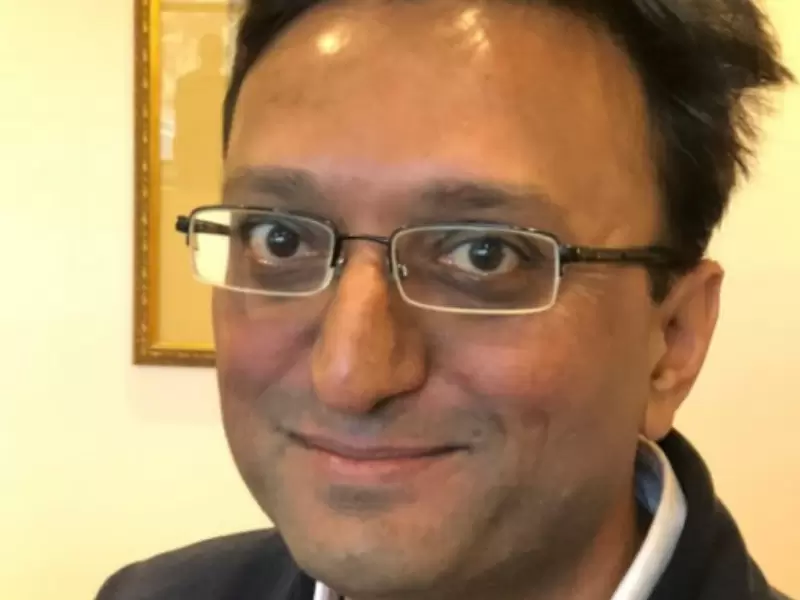
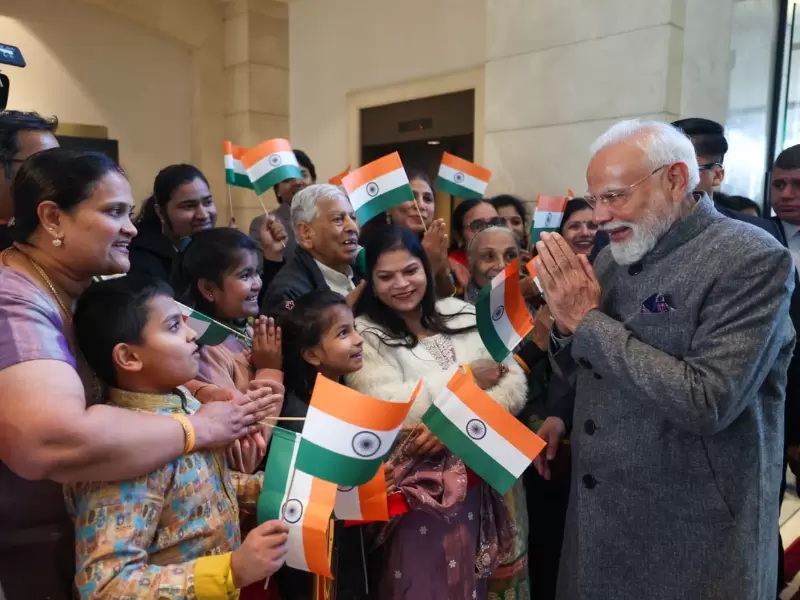



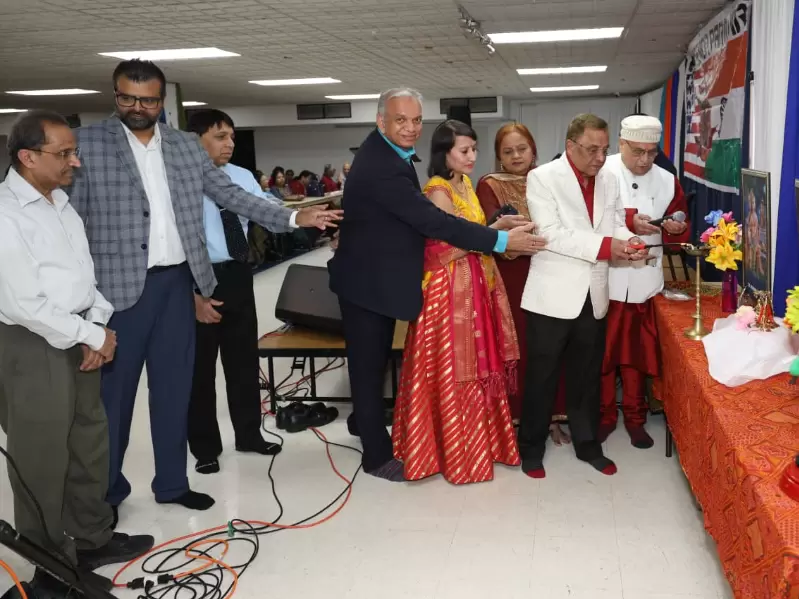

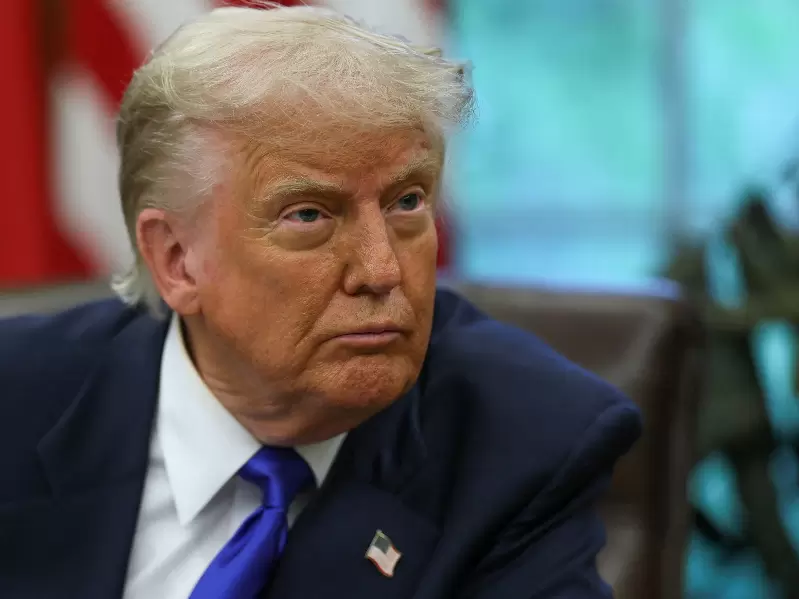
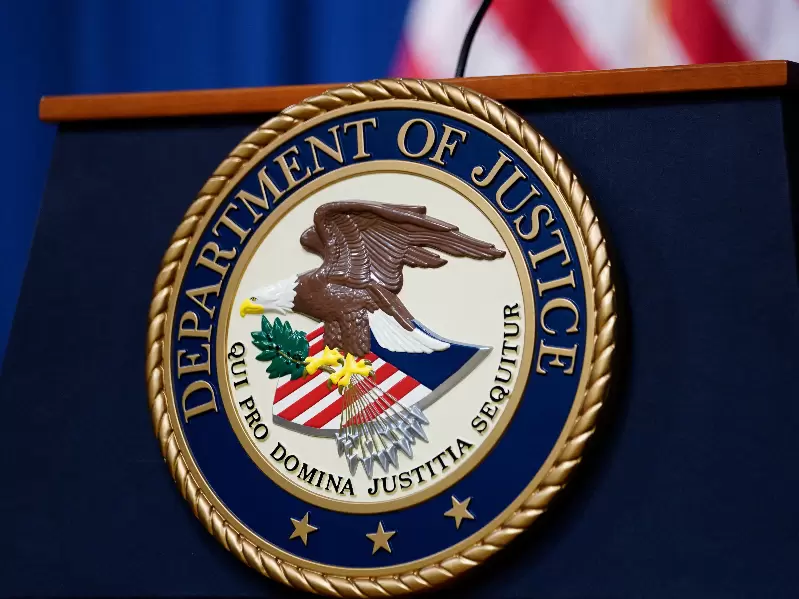
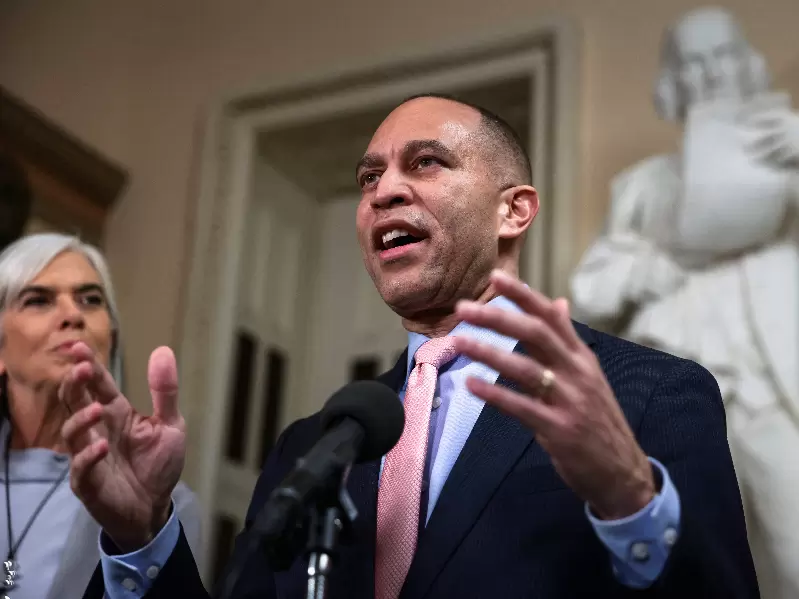
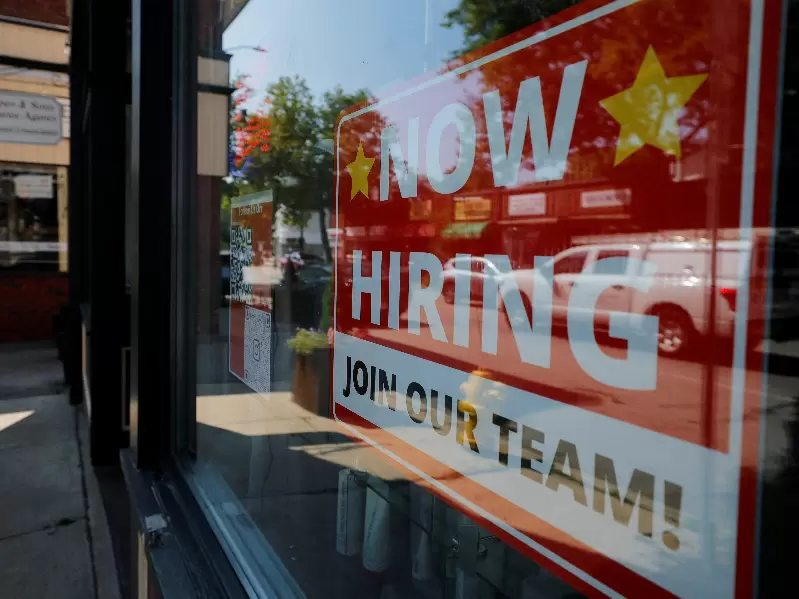

Comments
Start the conversation
Become a member of New India Abroad to start commenting.
Sign Up Now
Already have an account? Login